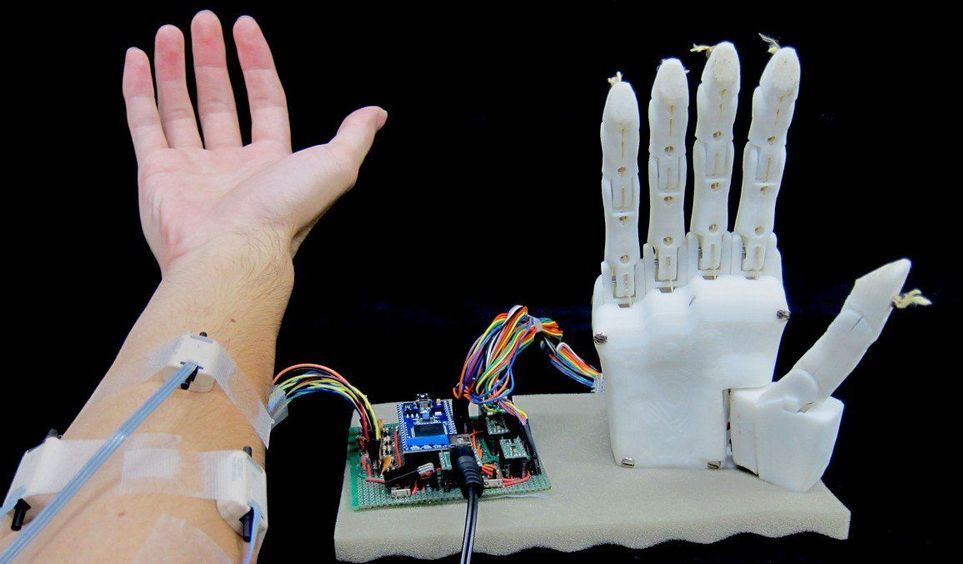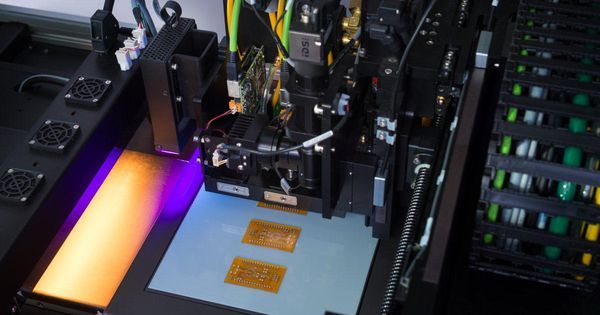Jul 13, 2019
Does the world need a 3D-printed rocket?
Posted by Klaus Baldauf in categories: 3D printing, transportation
That’s all a way of saying that behind every successful launch is a tremendous amount of labor and a vast network of suppliers working in concert to assemble each vehicle. By streamlining the supply chain, Relativity hopes to sharply cut production time.
But this goal of printing Terran 1’s more than 100-foot-tall (30-meter) exterior and fuel tank comes with an additional challenge: creating printers that can accomplish the task. “Building a rocket company is hard, building a 3D-printing company is hard, and building both together at the same time is borderline nuts,” says Ellis, Relativity’s CEO. “But while it’s the hardest part of the job, it is also the secret sauce that will make Relativity a world-changing company.”
There’s still a way to go before doing any world changing, though. “We’re not going to fly a rocket unless we get these metal 3D-printing technologies developed,” Ellis admits. “So that provides quite a bit of existential kick in the butt to figure it out, because this is the only way we ’ re going to actually make it to our goal.”
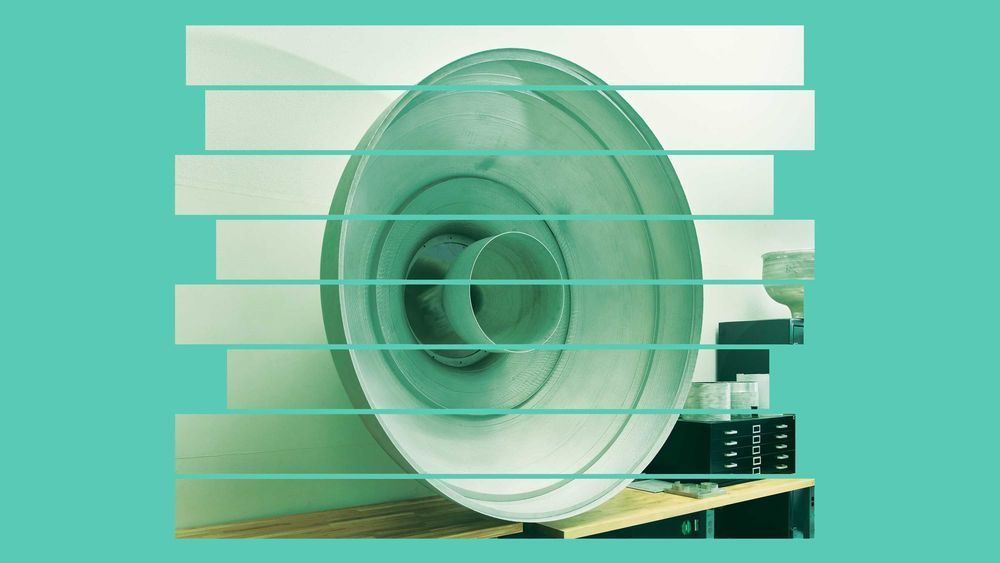
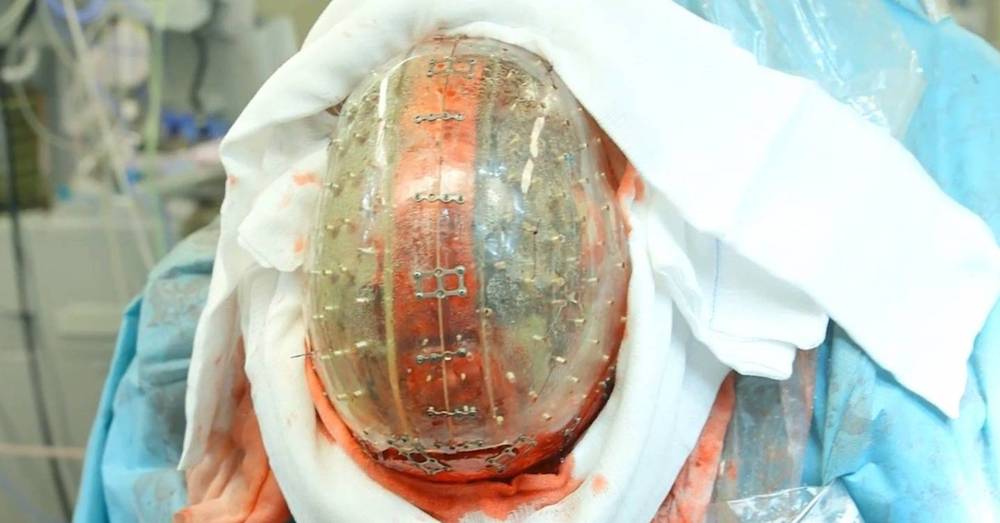
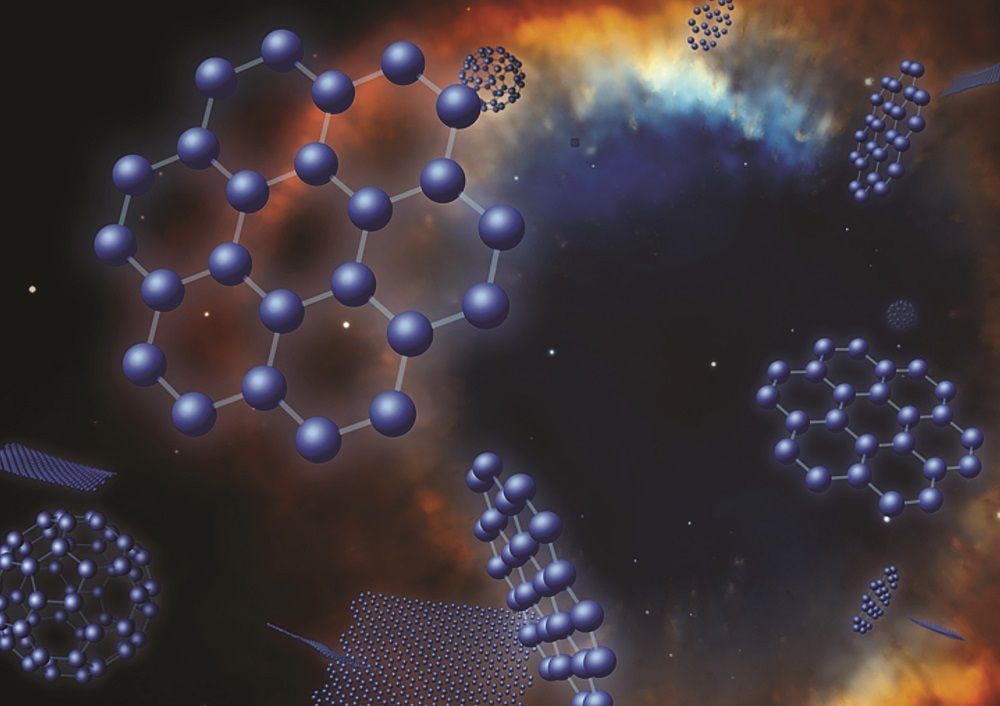
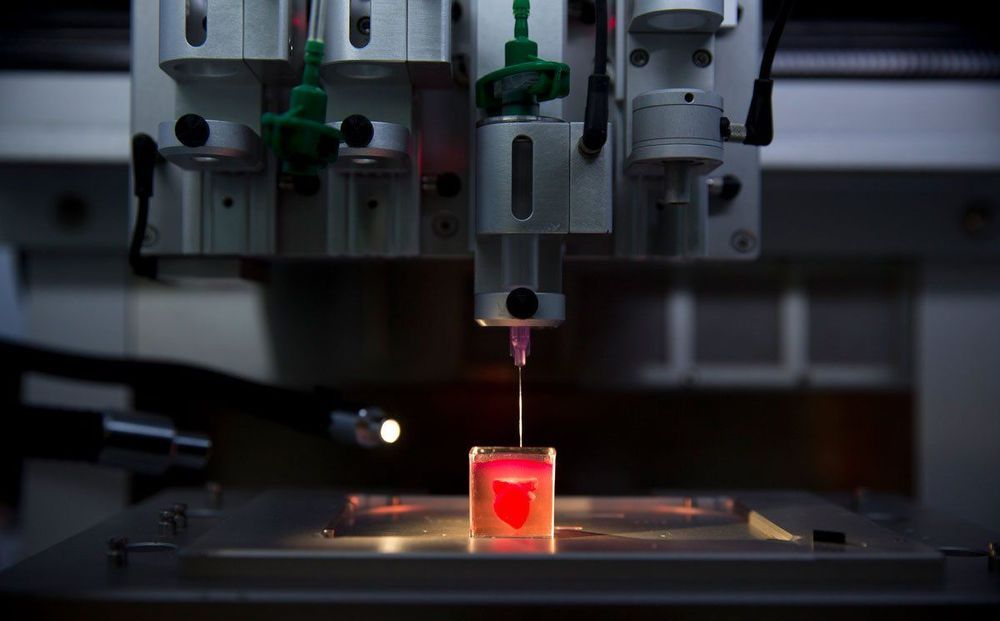
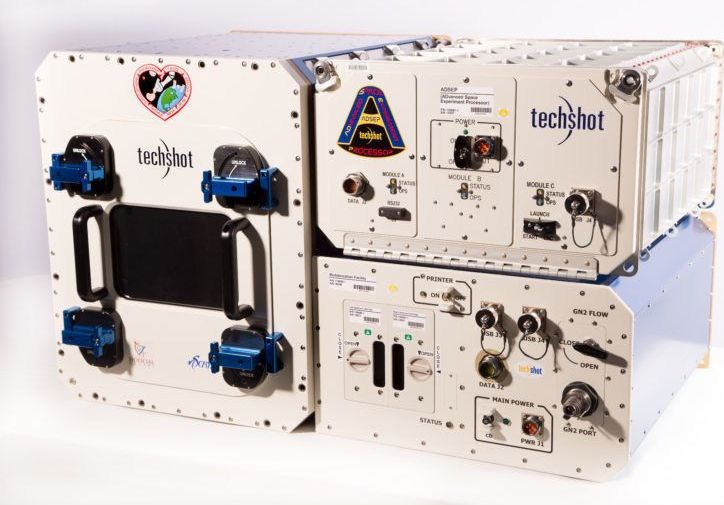
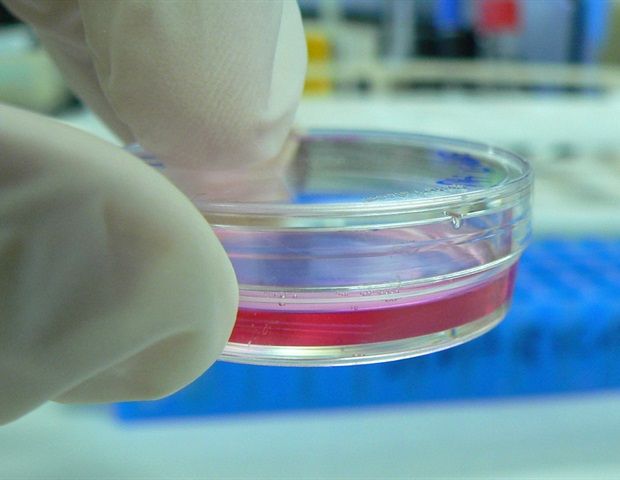
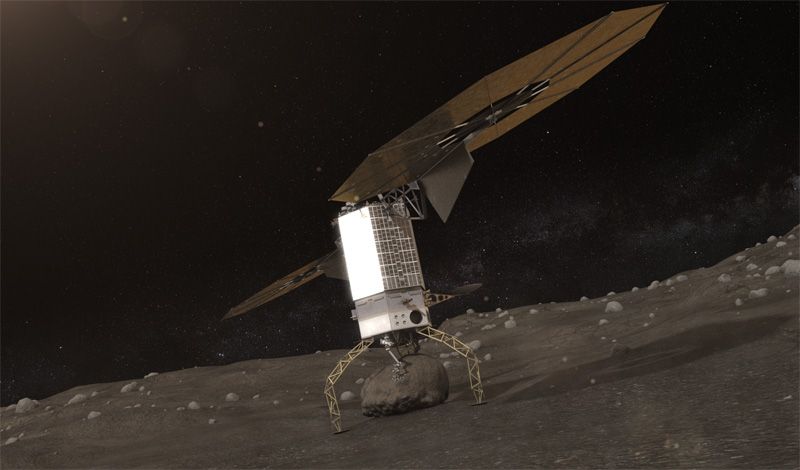
 * Scientists Took an M.R.I. Scan of an Atom * Former NASA Flight Director Gene Kranz Restores Mission Control In Houston * Jeff Hawkins: Thousand Brains Theory of Intelligence
* Scientists Took an M.R.I. Scan of an Atom * Former NASA Flight Director Gene Kranz Restores Mission Control In Houston * Jeff Hawkins: Thousand Brains Theory of Intelligence